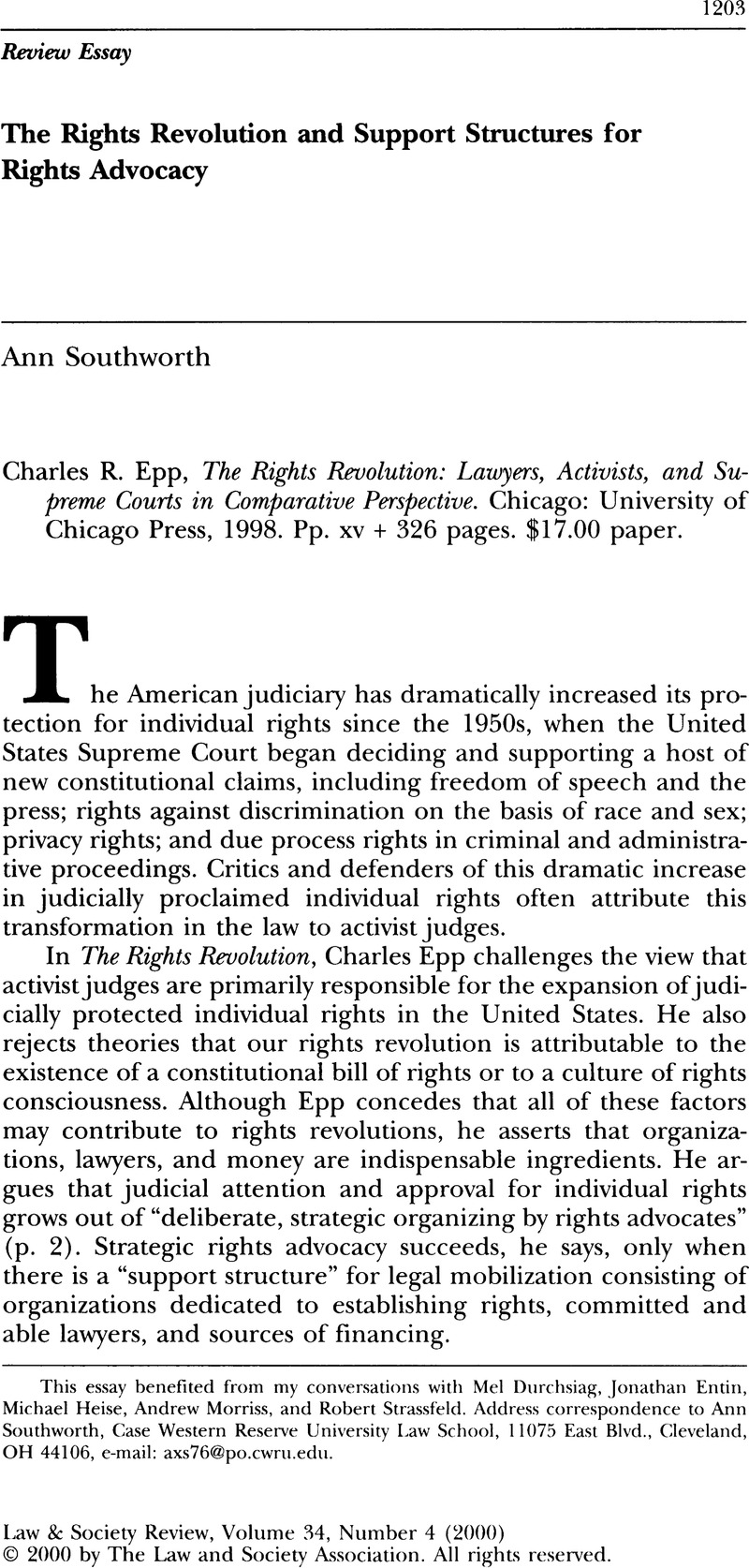Crossref Citations
This article has been cited by the following publications. This list is generated based on data provided by Crossref.
Burris, Scott
2002.
Disease Stigma in U.S. Public Health Law.
Journal of Law, Medicine & Ethics,
Vol. 30,
Issue. 2,
p.
179.
Roesler, Shannon
2007.
Permutations of Judicial Power: The New Constitutionalism and the Expansion of Judicial Authority.
Law & Social Inquiry,
Vol. 32,
Issue. 2,
p.
545.
Hershkoff, Helen
2009.
Public Law Litigation: Lessons and Questions.
Human Rights Review,
Vol. 10,
Issue. 2,
p.
157.
Smulovitz, Catalina
2010.
Cultures of Legality.
p.
234.
Lejeune, Aude
2017.
Legal Mobilization within the Bureaucracy: Disability Rights and the Implementation of Antidiscrimination Law in Sweden.
Law & Policy,
Vol. 39,
Issue. 3,
p.
237.



